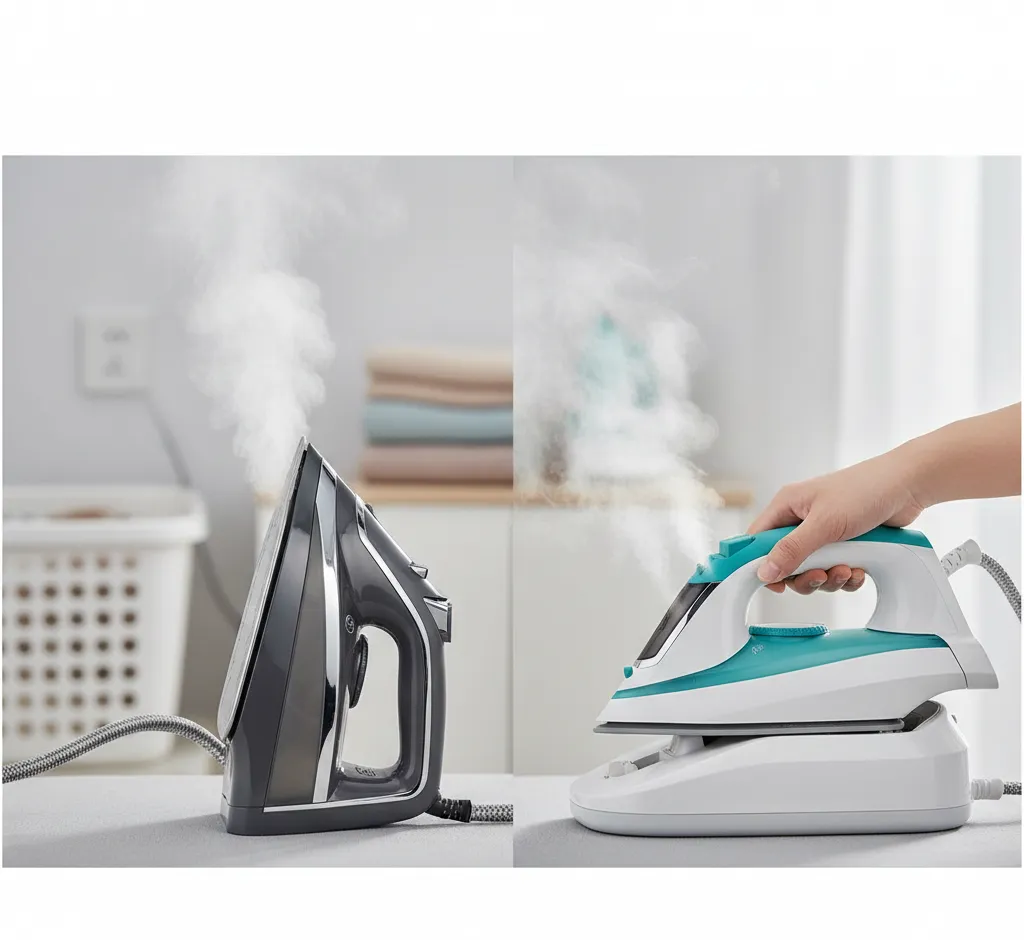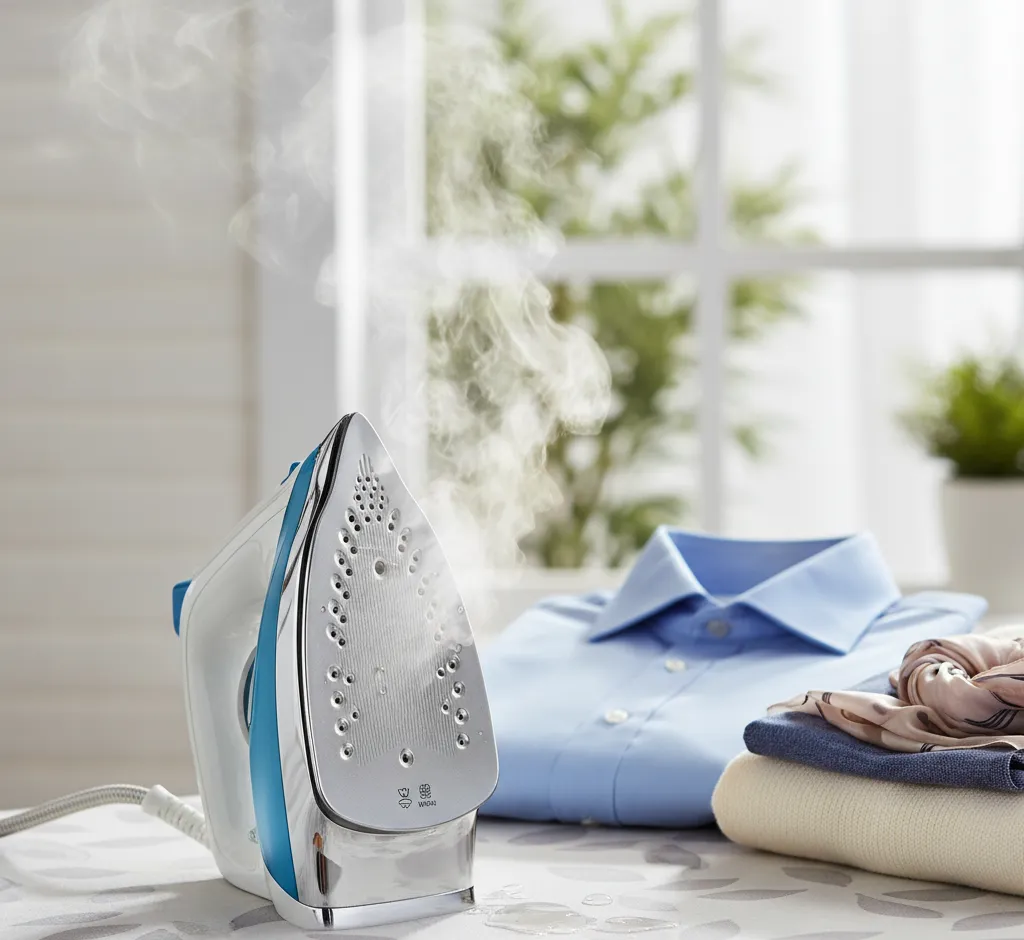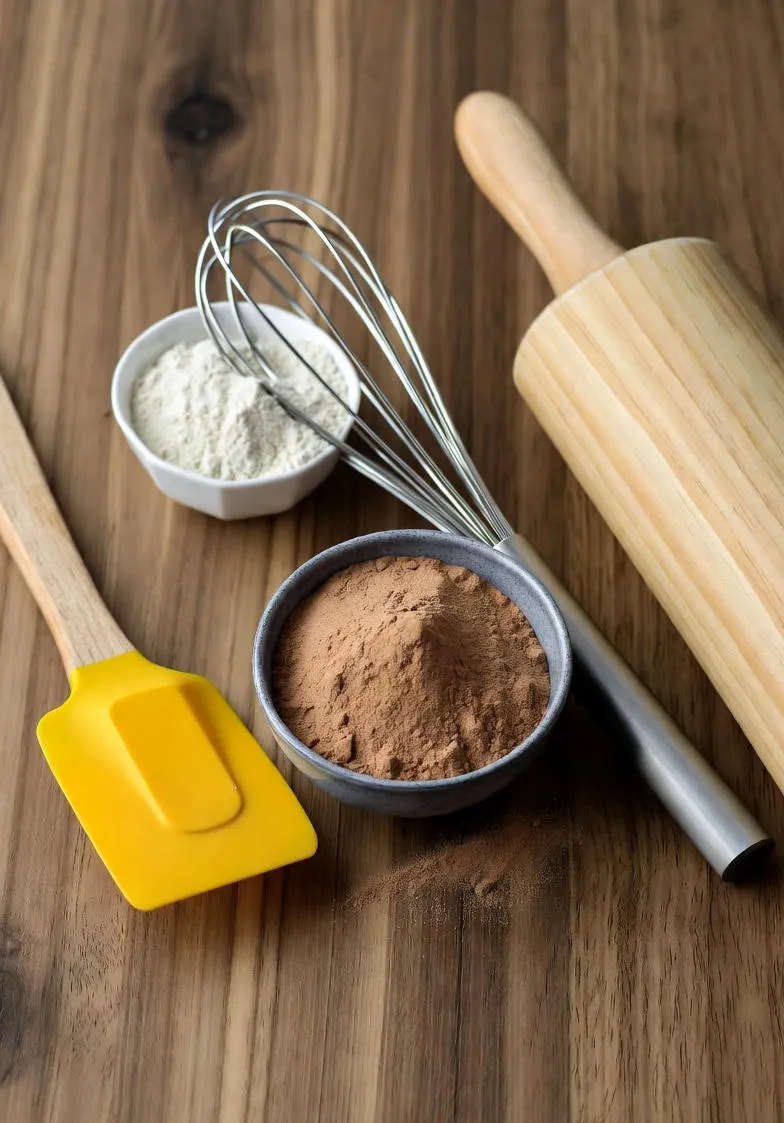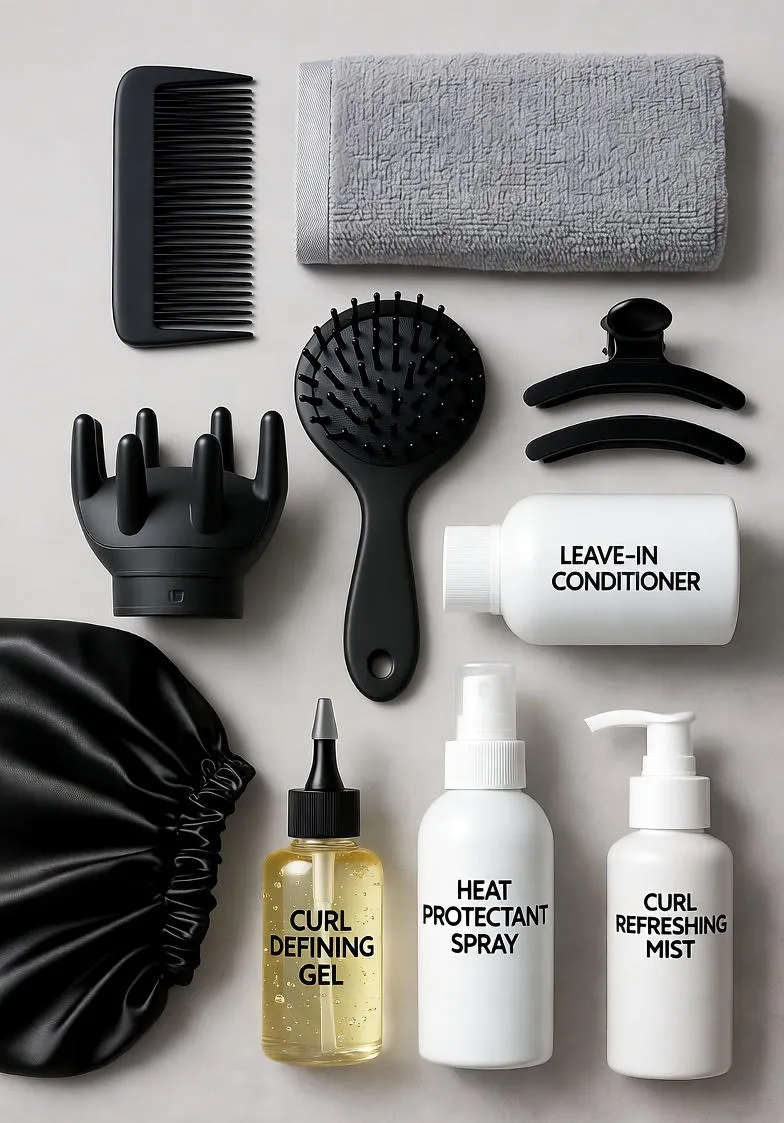Corded vs. Cordless Steam Irons: The Ultimate Household Comparison Guide
Struggling to choose between a corded and cordless steam iron? We compare performance, convenience, and price to help you find the best iron for your household needs.

Ironing is one of those household chores that tends to divide people: you either find it meditatively satisfying or frustratingly tedious. However, regardless of your stance on pressing linens, the tool you use makes a monumental difference in the speed, quality, and ease of the task. For decades, the corded steam iron reigned supreme, tethered to the wall but offering unlimited power. In recent years, however, cordless technology has surged into the home appliance market, promising freedom of movement and a tangle-free experience.
If you are currently standing in the aisle of a home goods store or browsing online, paralyzed by the choice between the traditional corded iron and the modern cordless challenger, you are not alone. This is a debate about power versus convenience, endurance versus agility. In this comprehensive guide, we will dissect the mechanics, performance, and practicality of both corded and cordless steam irons to help you decide which appliance deserves a spot in your laundry room.
The Titan of Tradition: The Corded Steam Iron
The corded steam iron is the archetype of laundry care. It connects directly to your home's electrical outlet via a power cord, ensuring a continuous flow of electricity to the heating element. While it may seem "old school," the technology behind corded irons has evolved significantly, with modern iterations boasting massive steam outputs and advanced soleplates.
How It Works
The mechanism is straightforward: electricity flows constantly from the outlet to the iron. This allows the thermostat to maintain a precise temperature indefinitely. There is no "recharging" phase; as long as it is plugged in, it is hot.
The Advantages of Corded Irons
- Uninterrupted Power and Heat: The most significant advantage is consistency. Because it draws power directly from the mains, a corded iron maintains its heat levels constantly. You never have to pause mid-shirt to let the iron reheat. This makes it the superior choice for long ironing sessions (e.g., tackling a week's worth of family laundry at once).
- Superior Steam Generation: High-pressure steam is the secret to removing stubborn wrinkles. Generally speaking, corded irons—especially high-wattage models—can produce a stronger, more continuous steam output than their cordless counterparts. They can sustain "turbo steam" shots repeatedly without depleting an energy reserve.
- Lighter Handheld Weight: This might seem counterintuitive, but corded irons are often lighter than cordless ones. Cordless irons often require heavy internal batteries or thermal blocks to retain heat, whereas the corded iron only carries the heating element and water tank (though the cord itself adds some drag).
- Cost-Effectiveness: In terms of price-to-performance ratio, corded irons usually win. You can get a high-end, professional-grade corded iron for the same price as a mid-range cordless model. Furthermore, with no batteries to degrade over time, their lifespan is often longer.
The Disadvantages of Corded Irons
- The Tether Effect: The obvious downside is the cord. It can snag on the ironing board, wrinkle parts of the garment you just pressed, or limit your reach if your outlet is far from your preferred ironing spot.
- Storage Clutter: Wrapping the cord can be annoying, and if not stored properly, it can fray or break over time, which is a common failure point for these appliances.
The Modern Liberator: The Cordless Steam Iron
Cordless irons were developed to solve the primary complaint of the ironing world: the restrictive cord. These devices offer 360-degree freedom, allowing you to move around the ironing board without wrestling a wire.
How It Works
It is important to understand that most "cordless" irons are not battery-operated in the way a smartphone is. Instead, they use a charging base. You place the iron on the base to heat up (which takes seconds), iron for a short interval (usually 20–40 seconds), and then return it to the base to reheat while you adjust the garment. Some newer models do use internal batteries, but the thermal-base style is the industry standard for maintaining high heat.
The Advantages of Cordless Irons
- Unmatched Agility: Without a cord, you can iron in any direction. This is a game-changer for left-handed users (who often find cords attached to the right side of irons intrusive) and for ironing large or awkward items like curtains, bed sheets, or wedding dresses.
- Safety and Storage: With no trailing cord, there is less risk of a child or pet tripping over the wire and pulling the hot iron down. Storage is also sleek, as many come with a carrying case that locks the iron to its base.
- The Psychology of "Quick Jobs": Because they are easy to grab and set up, cordless irons are psychologically less daunting for quick touch-ups. If you need to press a single shirt before work, the cordless iron feels less like a "process."
The Disadvantages of Cordless Irons
- The Reheat Cycle: This is the dealbreaker for many. You cannot iron continuously. You must develop a rhythm: iron for 30 seconds, dock for 10 seconds. If you are a fast ironer, you may find yourself waiting for the iron to catch up with you.
- Heat Decay: As soon as you lift the iron off the base, the temperature begins to drop. By the time you reach the end of a difficult crease, the iron may be cooler than when you started, potentially requiring a second pass.
- Weight: To retain heat without a power source, the soleplates and internal components of cordless irons are often heavier. While you don't have cord drag, you are lifting a heavier object repeatedly.
Head-to-Head Comparison: Critical Performance Factors
To make the best choice, we need to compare these two categories across specific performance metrics.
1. Steam Output and Pressure
Steam is measured in grams per minute (g/min). A high-quality corded iron typically offers a continuous steam output of 50g/min or higher, with steam shots reaching 200g/min. Because the element is constantly powered, this steam is available on demand.
Cordless irons struggle here. While top-tier models can match these numbers initially, they cannot sustain them. Using a steam shot rapidly cools the soleplate, forcing you to return the iron to the base sooner.
Winner: Corded.
2. Ergonomics and Maneuverability
Cord drag is a real issue. It puts strain on the wrist and requires constant management with your non-ironing hand. Cordless irons eliminate this entirely. You can twist, turn, and reach without restriction. However, consider the "lift and dock" motion required by cordless irons. You will be lifting the iron significantly more often to place it on the base, which can be tiring for people with arthritis or weak wrists.
Winner: Cordless (for movement), Corded (for less lifting).
3. Ironing Volume
If your household generates a "laundry mountain" once a week—school uniforms, work shirts, linens, and jeans—a cordless iron will likely frustrate you. The constant pauses to reheat will add significant time to your chores. Conversely, if you iron one or two items every morning before leaving the house, the cordless iron is perfectly sufficient and arguably more convenient.
Winner: Corded (High Volume), Cordless (Low Volume).
Technological Features to Look For
Regardless of which type you choose, there are universal specs you should evaluate:
- Soleplate Material: Look for ceramic or palladium coatings for the smoothest glide. Stainless steel is durable but can sometimes stick to decals if not careful.
- Wattage: Higher wattage generally means faster heat-up times. For corded irons, look for 2400W+. For cordless, wattage is crucial for how fast the base recharges the iron; aim for 2000W+ minimum.
- Anti-Calc / Anti-Scale Systems: Limescale is the number one killer of steam irons. Ensure your chosen model has a built-in calc collector or a self-cleaning function, especially if you live in a hard water area.
- Auto Shut-Off: This is a non-negotiable safety feature. The iron should turn off automatically if left motionless for a certain period (usually 30 seconds face down, 8 minutes standing up).
The Verdict: Which Iron Fits Your Lifestyle?
The decision between corded and cordless ultimately comes down to your ironing habits rather than the objective superiority of one technology over the other.
Choose the Corded Iron if:
- You have a large family and do batch ironing (1+ hours) once a week.
- You iron heavy fabrics like denim or linen that require sustained high heat and maximum steam pressure.
- You are budget-conscious and want the most power for your money.
- You want an appliance that will likely last for many years without battery or docking issues.
Choose the Cordless Iron if:
- You iron in small bursts (1–3 items) rather than long sessions.
- You have limited space or no convenient outlet near where you want to iron.
- You iron complex items like pleated skirts or curtains where a cord gets in the way.
- You are a seamstress or quilter who needs to press seams quickly and frequently moves between the sewing machine and the ironing board.
In conclusion, while the cordless iron represents the exciting, agile future of home care, the corded iron remains the reliable workhorse. For the average household with a moderate-to-high laundry load, the corded steam iron is still the most efficient choice. However, for the modern minimalist or the "iron-as-you-go" individual, the freedom of cordless is a luxury that is hard to give up once experienced.


